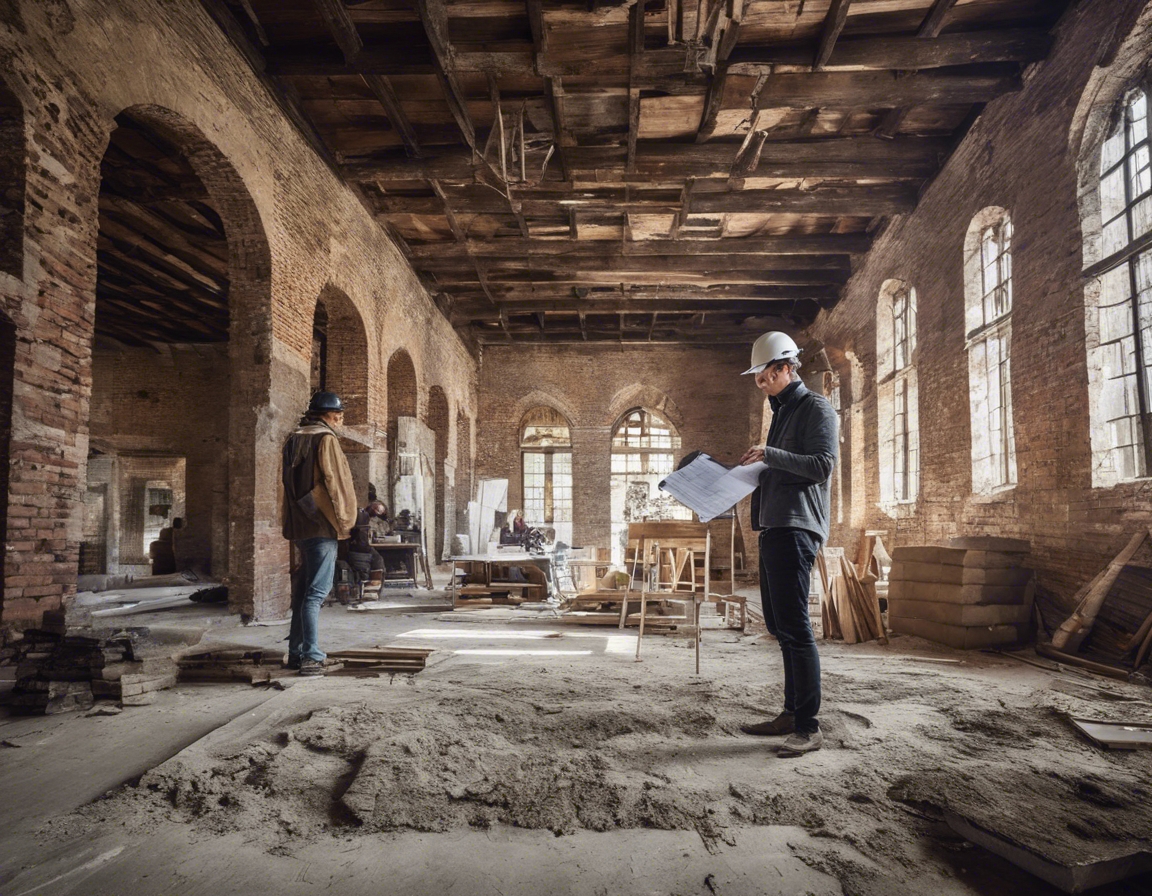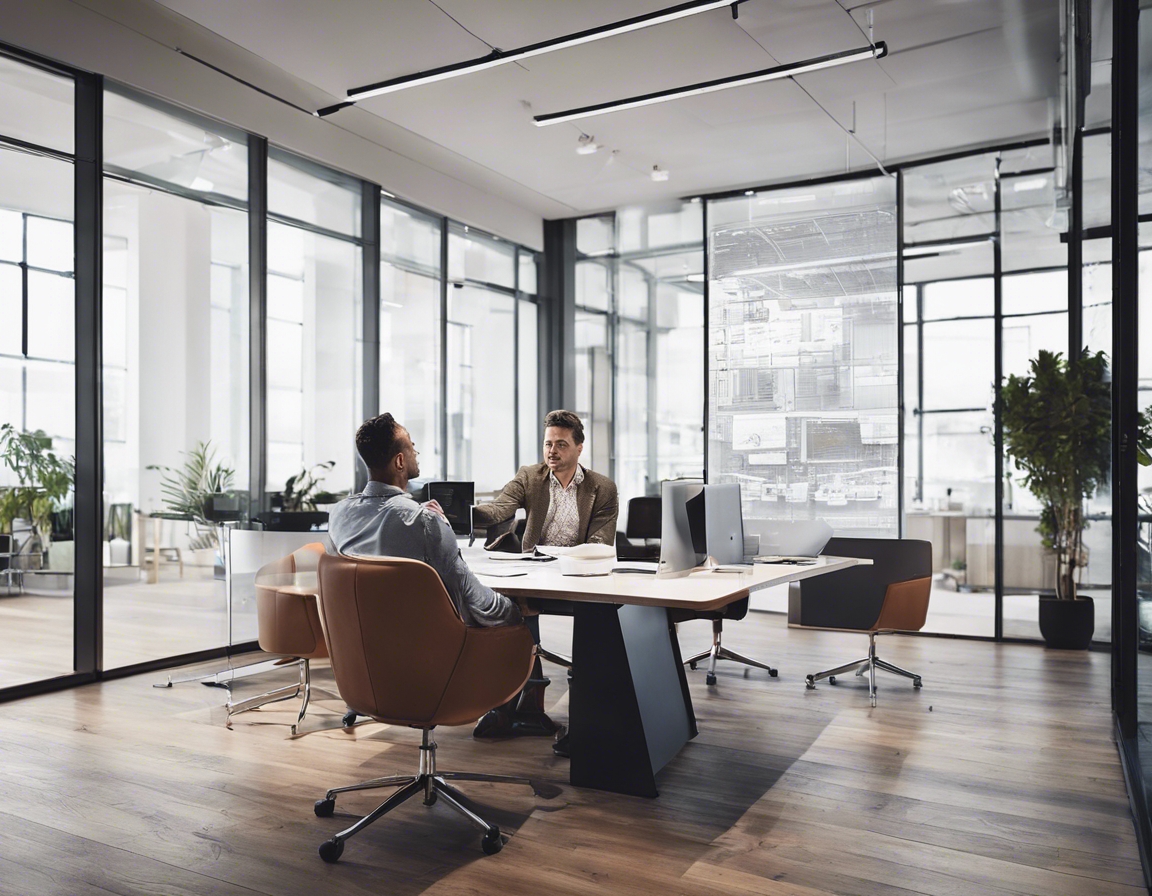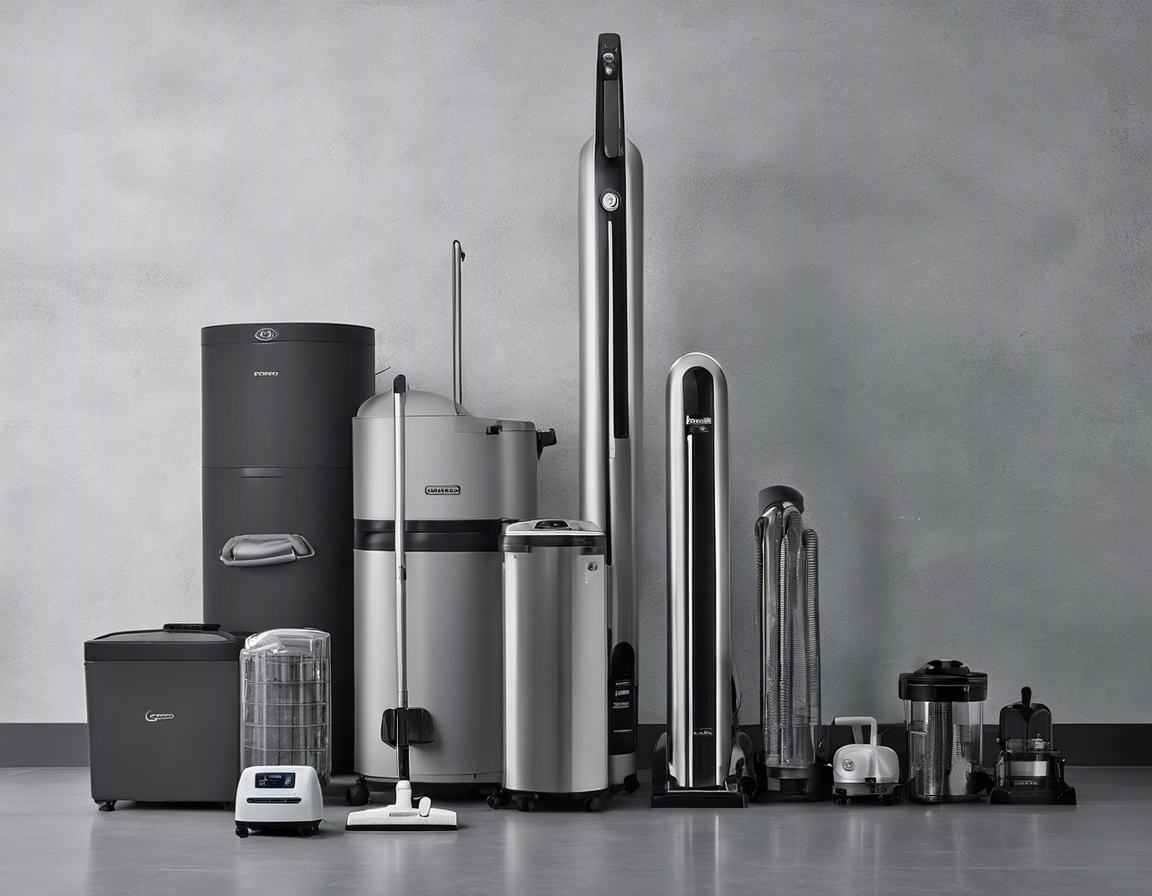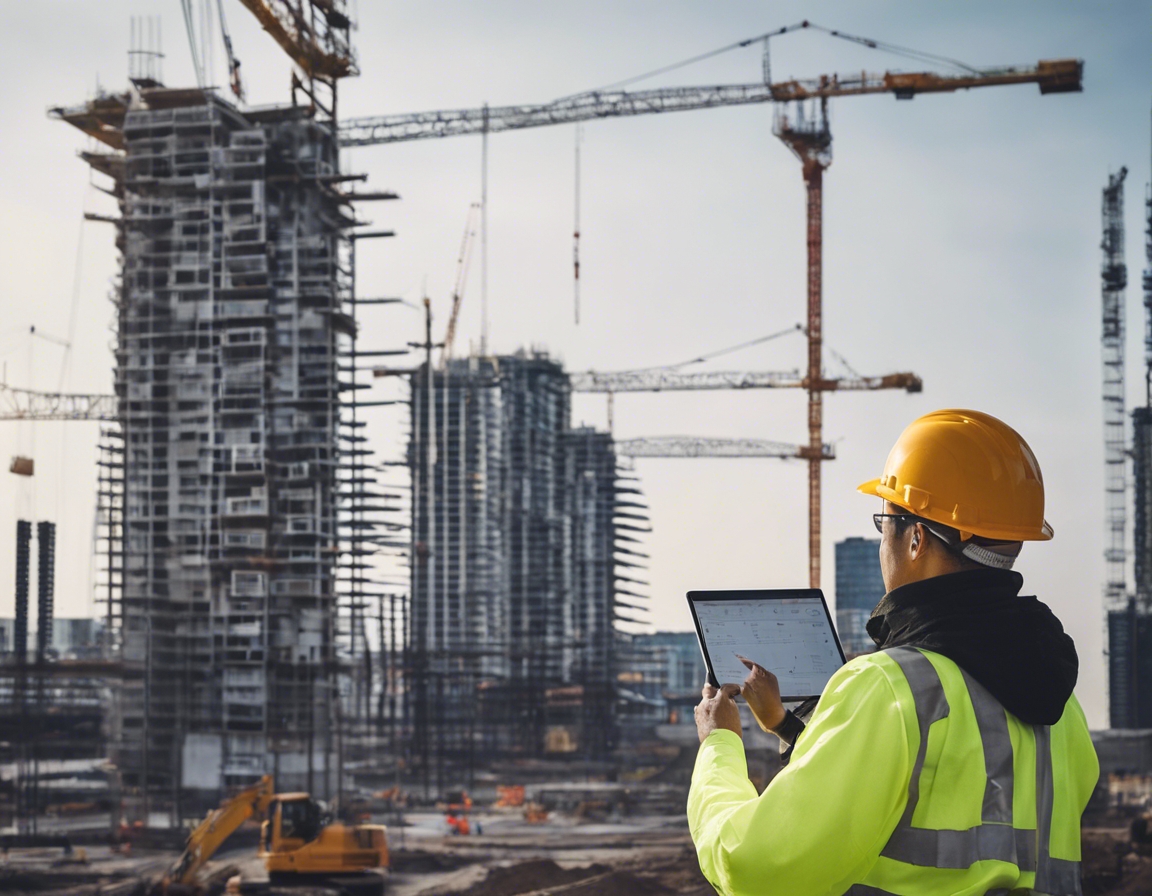5 signs your building needs an hvac upgrade
As a cornerstone of comfort and energy efficiency in buildings, HVAC systems play a pivotal role in maintaining a pleasant and healthy indoor environment. However, like all mechanical systems, HVAC units have a finite lifespan and may require upgrades or replacement over time. Recognizing the signs that your HVAC system needs an upgrade is crucial for property managers, developers, and homeowners alike.
Sign #1: Inconsistent Temperatures and Poor Airflow
One of the most noticeable signs that your HVAC system may need an upgrade is the presence of inconsistent temperatures throughout your building. If occupants are experiencing hot or cold spots, or if the airflow seems weak or non-existent in certain areas, it could indicate that your system is no longer capable of effectively distributing air.
Sign #2: Rising Energy Bills
If you've noticed a steady increase in your energy bills without a corresponding rise in utility rates or changes in building usage, it could be a sign that your HVAC system is losing efficiency. Older or malfunctioning systems have to work harder to maintain the desired temperature, leading to higher energy consumption and costs.
Sign #3: Frequent Repairs and Downtime
An HVAC system that requires frequent repairs is not only a drain on your finances but also a sign that it may be time for an upgrade. Frequent breakdowns can also lead to uncomfortable downtime for occupants and can disrupt business operations in commercial settings.
Sign #4: Your HVAC System Is Over a Decade Old
The average lifespan of an HVAC system is around 10 to 15 years. If your system is approaching or has surpassed this age, it's likely that it's operating less efficiently and may be using outdated technology. Upgrading to a newer system can improve efficiency and take advantage of the latest advancements in HVAC technology.
Sign #5: Poor Indoor Air Quality
Poor indoor air quality can have significant health implications for occupants and can be a sign that your HVAC system is not adequately filtering or ventilating the air. An upgrade can introduce better filtration systems, humidity control, and improved ventilation to ensure a healthier indoor environment.








Comments (0)